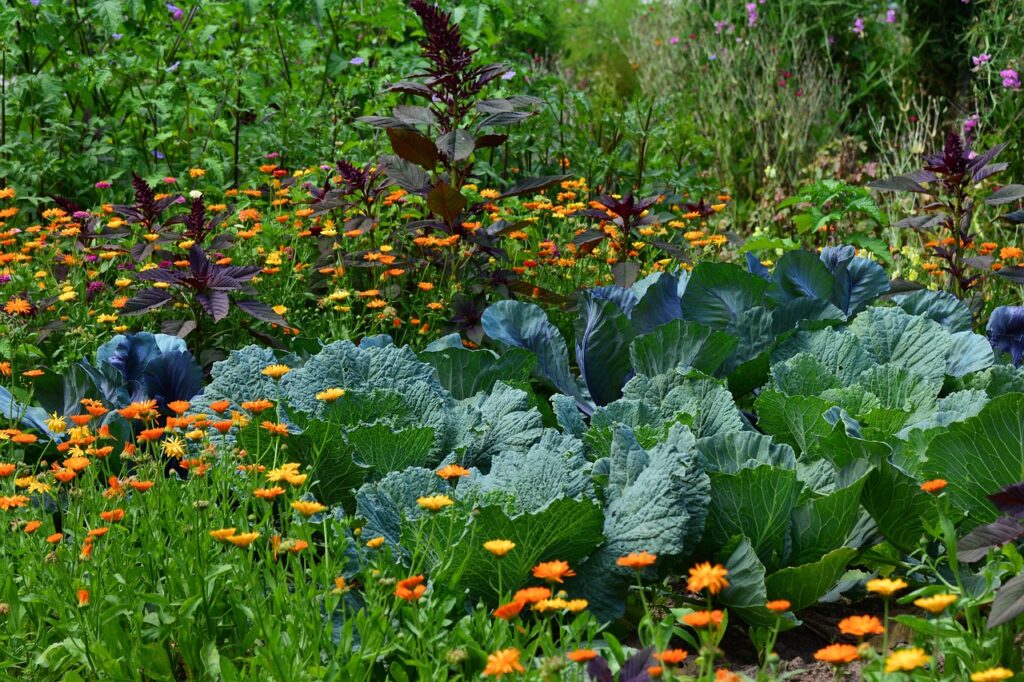
Using flowers as companion plants in the vegetable garden is a simple and beautiful way to improve your harvest. All of these flowers can be grown from seed, making them an affordable and rewarding addition to your garden. Not only do they help protect your vegetables by repelling pests and attracting beneficial insects, but they also provide stunning blooms to enjoy in your home. Whether you’re looking to improve pollination, deter unwanted bugs, or just add color to your garden beds, these companion flowers offer both practical and beautiful benefits.
Best Flowers to Use as Companion Plants in the Vegetable Garden
Growing flowers alongside your vegetables isn’t just about adding beauty-it’s part of a smart gardening plan. Using flowers as companion plants in the vegetable garden can help attract pollinators, deter pests, and create a healthier growing environment. Below are 12 flowers that can be grown from seed and provide valuable benefits to your garden.
12 Flowers to Grow From Seed for a Healthier Vegetable Garden
- Nasturtium
Benefits: Nasturtiums act as a trap crop by attracting aphids and keeping them away from vegetables like broccoli, squash, and tomatoes. Their strong scent also deters squash bugs and cucumber beetles.
Additional Uses: Both the flowers and leaves are edible, adding a peppery kick to salads. They make beautiful trailing or border plants.
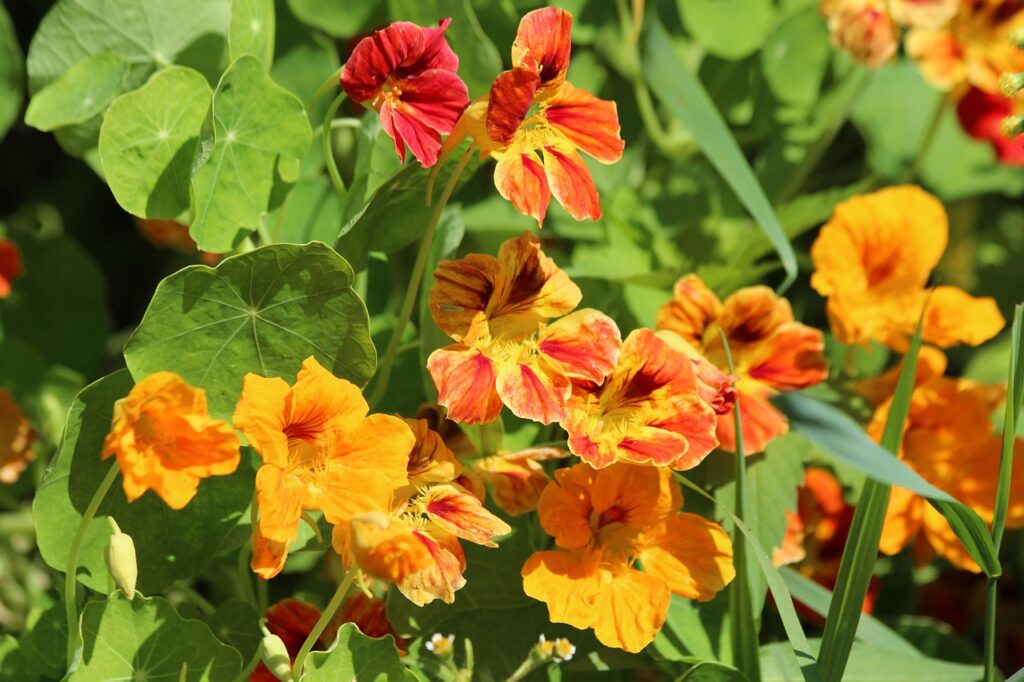
2. Flowering Dill
Benefits: Dill attracts predatory wasps and ladybugs that feed on aphids and caterpillars. It also improves the growth of cabbage and other brassicas by repelling cabbage worms.
Additional Uses: The flowers can be used in pickling, and the feathery foliage adds a soft delicate texture to floral arrangements.
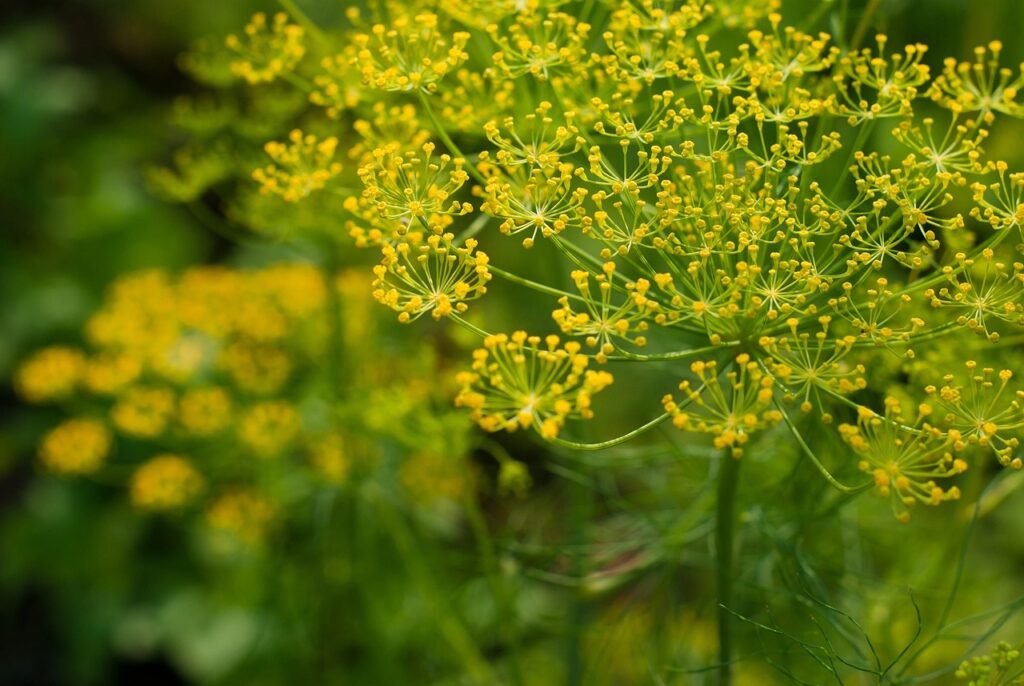
3. Zinnias
Benefits: Zinnias attract butterflies, bees, and other pollinators that help increase vegetable yields. Their bright colors also bring in hummingbirds, which can help keep insect populations in check.
Additional Uses: Long-lasting cut flowers that add vibrant color to bouquets. For information about growing cutting flowers from seed click here.
4. Catmint
Benefits: Catmint has a strong scent that repels aphids, squash bugs, and flea beetles. It also attracts pollinators, and predatory insects like lacewings that help control garden pests.
Additional Uses: Dried Catmint leaves can be used for homemade herbal teas and as a treat for cats.
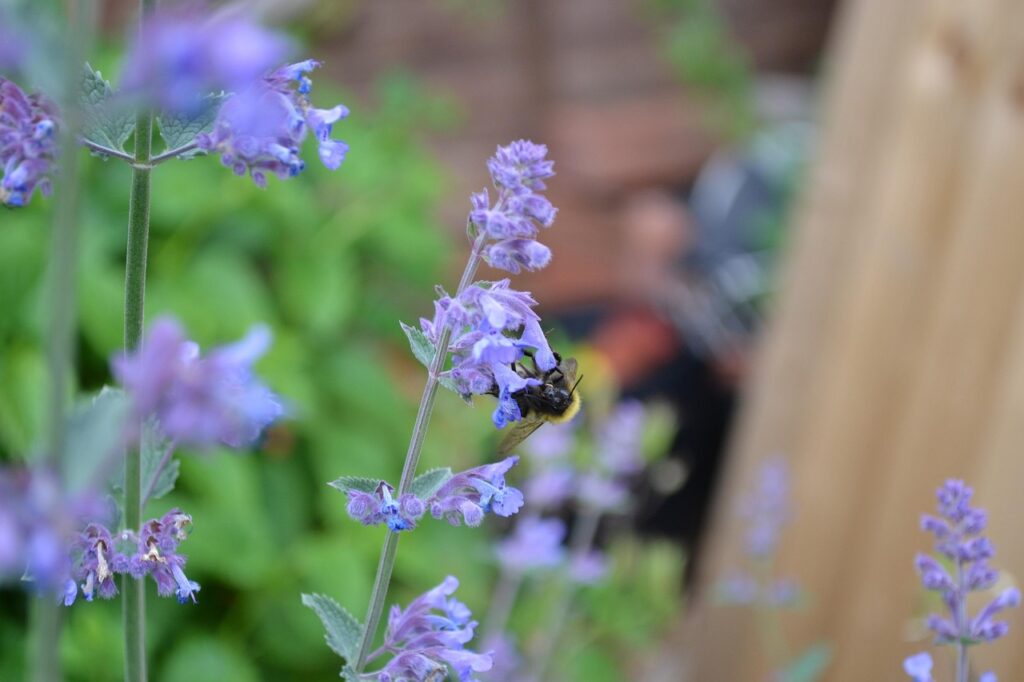
5. Chamomile
Benefits: Chamomile attracts hoverflies and ladybugs, both of which feed on aphids and other soft-bodied pests. It also helps prevent some fungal disease in nearby plants due to it’s antifungal properties
Additional Uses: The flowers can be harvested for calming herbal tea.
6. Marigolds
Benefits: Marigolds deter nematodes int he soil and repel pests like aphids, whiteflies, and tomato hornworms. Their strong scent confuses and discourages pests from settling in the garden.
Additional Uses: Edible petals add color to salads, and make excellent border plants for pest control.
7. Calendula
Benefits: Calendula attracts pollinators and beneficial insects like hoverflies and ladybugs. It also has natural antifungal properties that can help prevent disease in the garden.
Additional Uses: The petals are edible and can be used in teas, salves, and homemade skincare products.
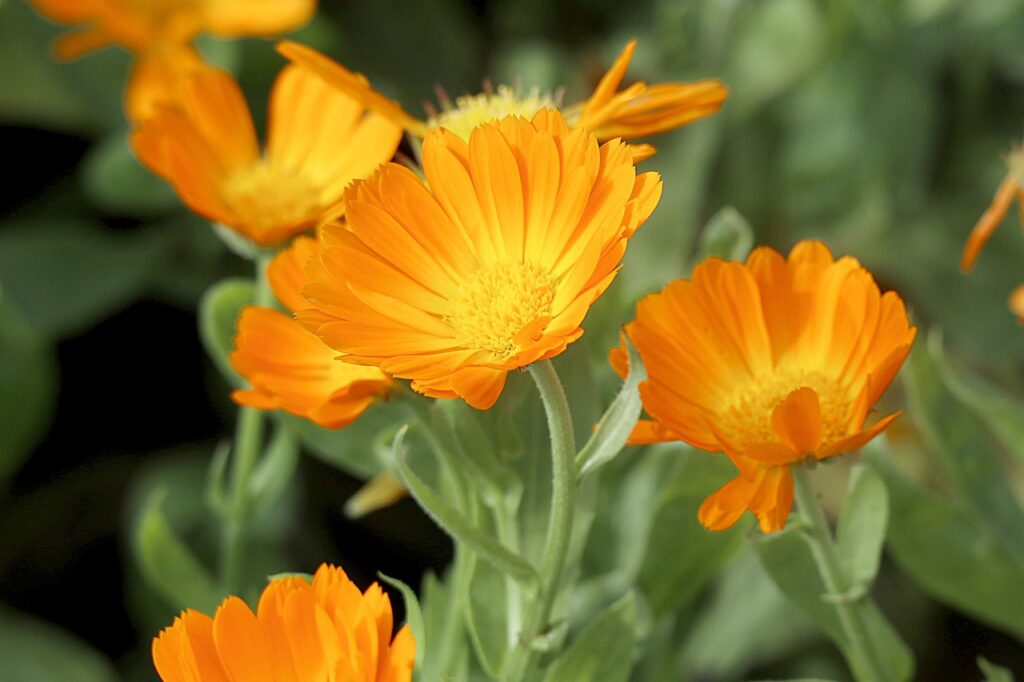
8. Sunflowers
Benefits: Sunflowers attract bees and butterflies while also acting as a natural trellis for climbing beans. They can help draw aphids away from vegetables as a trap crop.
Additional Uses: The seeds are a valuable food source for birds and can be harvested for snacks.
9. Queen Anne’s Lace
Benefits: Queen Anne’s Lace attracts predatory wasps and ladybugs, which help control aphid populations. However, do not plant it near carrots, as it can cross-pollinate with them and reduce your carrot yields.
Additional Uses: Beautiful for wildflower-style bouquets and beneficial for native pollinators.
10. Cosmos
Benefits: Cosmos attract bees, butterflies, and other pollinators. They also bring in parasitic wasps, which help control tomato hornworms, and other garden pests.
Additional Uses: Stunning cut flowers with a long vase life.
11. Borage
Benefits: Borage is excellent for attracting bees and other pollinators. It also improves the health of tomatoes and squash by repelling tomato hornworms and cucumber beetles.
Additional Uses: Edible flowers and leaves with a mild cucumber flavor, great for salads and herbal drinks.
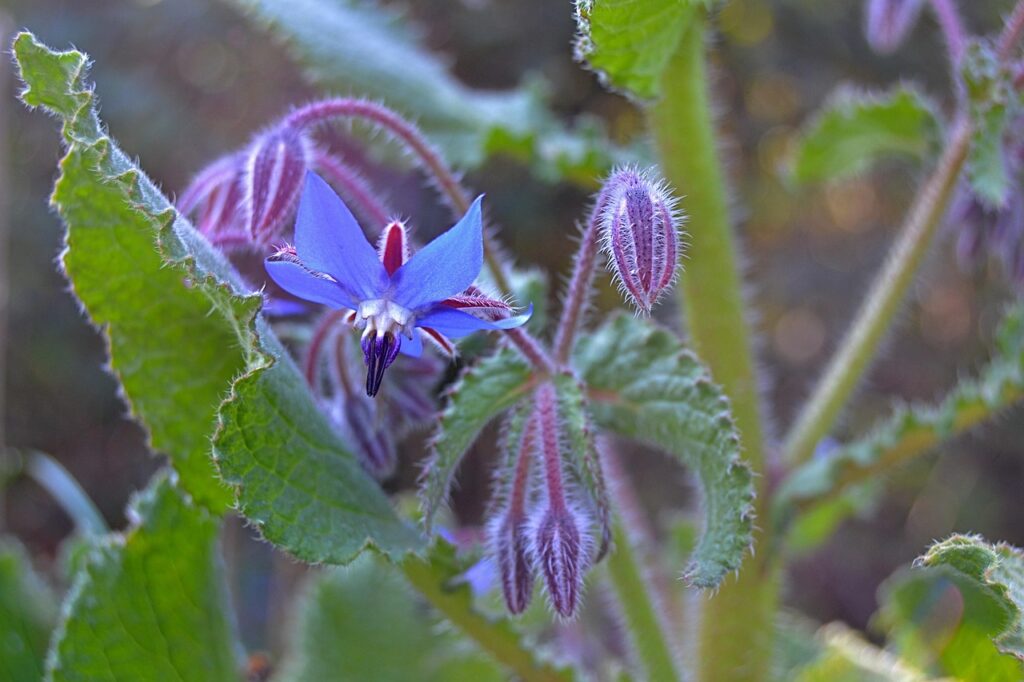
12. Alyssum
Benefits: Alyssum attracts hoverflies and other beneficial insects that feed on aphids. It also acts as ground cover, reducing weeds and helping to retain moisture in the soil.
Additional Uses: Sweetly fragrant blooms that can be used in small bouquets or planted as an attractive border.
Why You Should be Using Flowers as Companion Plants in the Vegetable Garden
By using flowers as companion plants in the vegetable garden, you create a more balanced ecosystem that reduces the need for pesticides while increasing vegetable production. Flowers attract beneficial insects, improve soil health, and add natural beauty to your garden beds.
With so many options that can grown from seed, it’s easy to incorporate companion flowers into your vegetable garden. Whether you want to repel pests, attract pollinators, or enjoy fresh-cut flowers, these plants provide multiple benefits for both your garden and home.
Which of these flowers do you already grow in your garden? Let me know in the comments!
